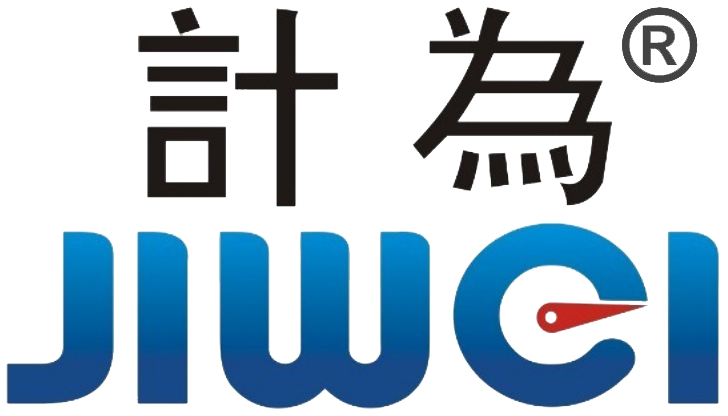7 Reasons Radar Level Sensors Are Perfect for Fish Rearing Tanks
Introduction
In modern aquaculture, maintaining stable water conditions is vital, and the fish rearing tank lies at the heart of this process. Whether used in freshwater systems or near-shore marine farms, these fish rearing tanks serve as the primary environment where fish grow from juveniles to harvest-ready stock. Ensuring consistent water levels in these tanks directly influences oxygen concentration, feeding efficiency, waste removal, and overall fish health. Fish Rearing Tank

However, the challenges of aquaculture are far from simple. Surface agitation, foam, condensation, high humidity, and external environmental factors like wind and rain often interfere with traditional level sensors. This makes accurate and stable level monitoring a necessity—not a luxury. Non-contact radar level sensors, such as Jiwei’s JWrada-31, are emerging as the preferred solution due to their precision, reliability, and suitability for demanding fish rearing environments. Fish Rearing Tank
Why Precise Level Monitoring Matters
In fish rearing operations, the consequences of inaccurate level control can be severe. Low water levels can stress fish, reduce oxygen availability, and cause pump cavitation, while overfilling risks overflow, water waste, and structural damage. Manual inspections are unreliable in large-scale systems, and inconsistent readings can affect automated processes such as filling, draining, and oxygen dosing.
Precision in level control not only improves operational efficiency but also supports fish welfare. Stable water levels contribute to a consistent thermal environment, reduce stress, and enable better feed conversion. In short, level monitoring is central to maintaining biological and economic performance.
Challenges of Traditional Sensing Technologies
Many aquaculture facilities still rely on float switches, pressure transmitters, or ultrasonic sensors. While these devices may work in ideal conditions, they often fall short in the real-world complexity of fish rearing tanks.
Floats can become fouled by algae or debris, leading to inaccurate readings or mechanical failure. Pressure sensors are affected by temperature shifts and sediment buildup, which compromise their long-term accuracy. Ultrasonic sensors, although non-contact, are vulnerable to vapor, foam, and surface turbulence—all common in aerated fish rearing tanks.
In contrast, radar sensors operate using electromagnetic waves, which are not influenced by these environmental interferences. This makes them far more suitable for demanding and variable aquaculture conditions.
The Advantages of Radar Level Sensors in Fish Rearing
Radar level measurement offers several distinct advantages for fish rearing tanks. Since the sensor does not come into contact with the liquid, it avoids contamination, corrosion, or mechanical wear. Radar is unaffected by foam, vapor, or agitation on the water’s surface, delivering stable and continuous measurements even under harsh weather or cleaning conditions.

Non-contact measurement also means better hygiene. There is no risk of cross-contamination between tanks, which is crucial in biosecure aquaculture operations. Maintenance requirements are minimal, reducing operational downtime and labor costs. Moreover, modern radar devices provide digital outputs that integrate easily with SCADA or PLC systems, enabling full automation of the water management cycle.
Jiwei Rada-31: Engineered for Aquaculture
Jiwei’s JWrada-31 radar level meter is a compact, 80 GHz sensor designed specifically for industrial environments, including aquaculture. Its narrow beam angle allows it to measure accurately even in tanks with mixers, aeration tubes, or internal structures. The device performs reliably in both indoor and outdoor tanks, whether in hatcheries, grow-out farms, or research facilities.
Thanks to its IP67-rated enclosure, the JWrada-31 withstands prolonged exposure to humidity, spray, and saline conditions. It operates effectively through rain, snow, and temperature fluctuations, making it ideal for coastal operations. Configuration is done via Bluetooth using Jiwei’s Smart Control app, allowing quick, wireless adjustments without the need for complex setup tools or display modules.
Importantly, JWrada-31 meets safety certifications, supporting its use in critical pump control, overflow prevention, and automated water renewal systems. Once installed, it requires no recalibration and continues to function accurately without the need for routine cleaning or maintenance.

Enhancing Fish Welfare and Operational Efficiency
A stable environment leads to healthy fish and efficient production. By providing continuous, interference-free level readings, radar level sensors help maintain optimal water conditions, which in turn reduce fish stress and disease rates. The improved accuracy enables better timing of water exchange, chemical dosing, and oxygen supplementation.
In commercial settings, these improvements translate to higher survival rates, faster growth, and better feed utilization. For hatcheries, where conditions must be tightly controlled, radar sensors offer the level of precision needed to support delicate early life stages. For larger grow-out operations, the ability to remotely monitor and control water levels simplifies daily management and reduces risk.
Simple Integration with Long-Term Gains
Installation of Jiwei’s radar level meters is straightforward and non-invasive. The sensor can be mounted above the waterline without tank modifications, and its compact size fits easily within existing infrastructure. Unlike float or pressure-based systems, there’s no need for periodic recalibration, replacement parts, or cleaning—making it a true set-and-forget solution.
Once in place, radar monitoring not only improves day-to-day efficiency but also supports long-term goals such as automation, traceability, and environmental compliance. With rising global demand for sustainably farmed fish, technology like the JWrada-31 positions your operation for future success.
Conclusion
A well-managed fish rearing tank is the foundation of a productive and sustainable aquaculture facility. Accurate, non-contact level measurement plays a vital role in achieving that goal. Jiwei’s JWrada-31 radar level meter delivers unmatched performance in harsh and variable conditions, helping fish farms maintain stability, reduce maintenance, and ensure the health of their aquatic stock.
Whether you’re managing a single hatchery or an entire aquaculture complex, upgrading to radar level technology is a smart investment that pays dividends in precision, reliability, and peace of mind.
Contact Jiwei today to learn how the JWrada-31 can transform your level monitoring in fish rearing tanks.

